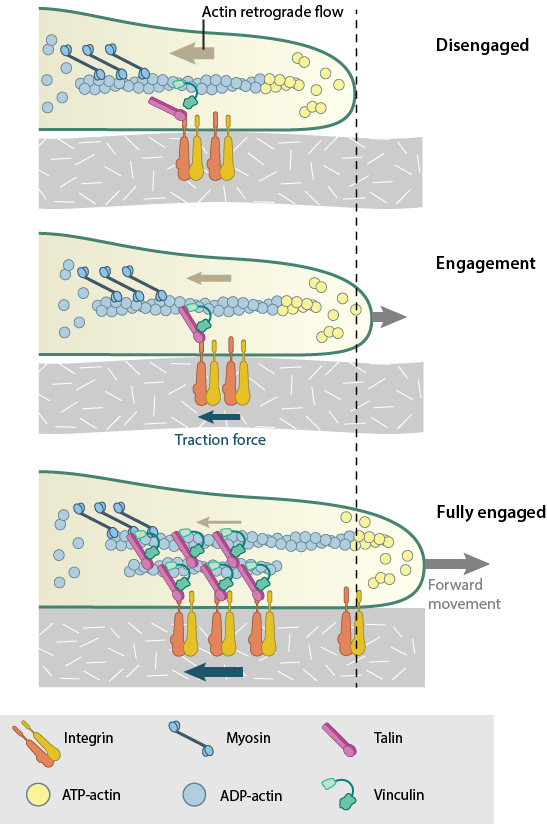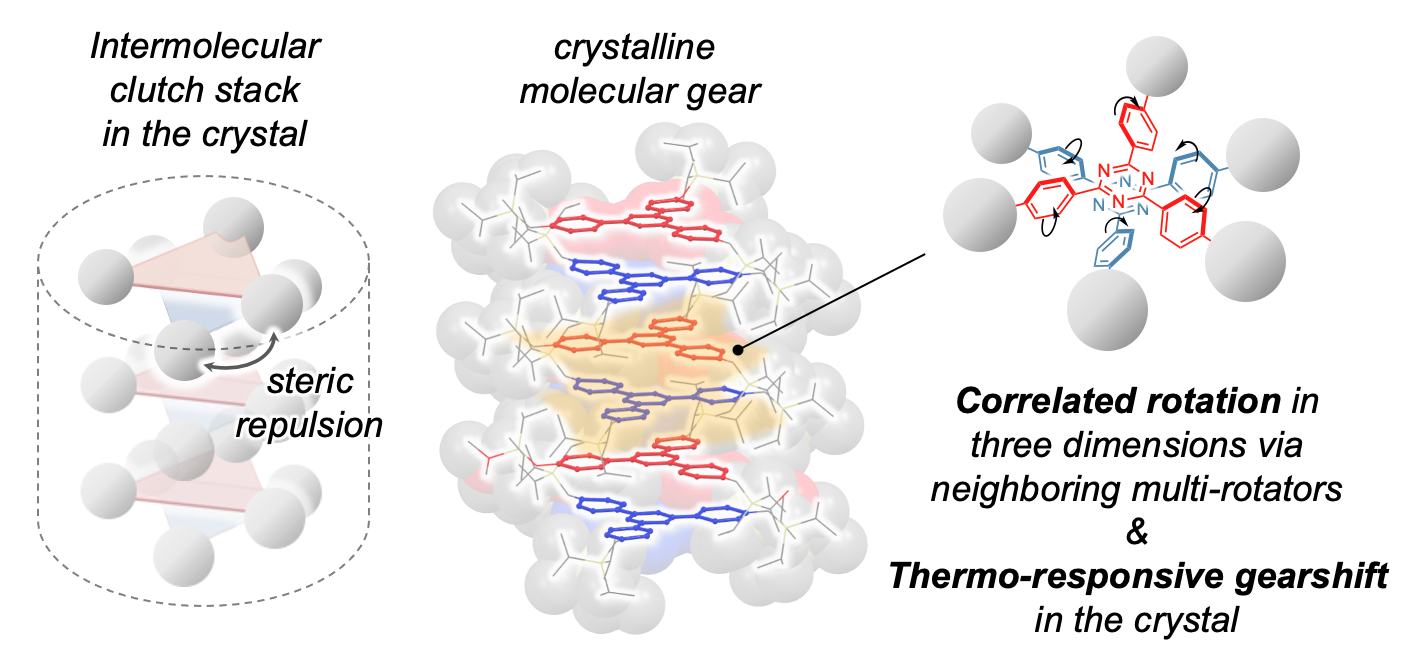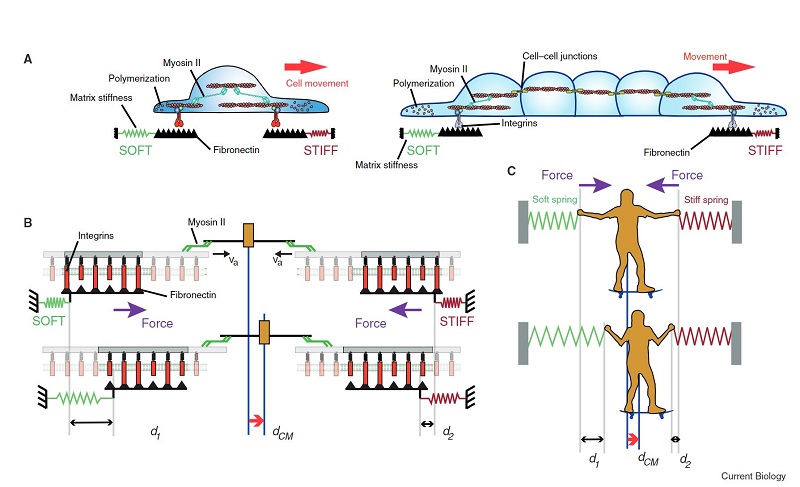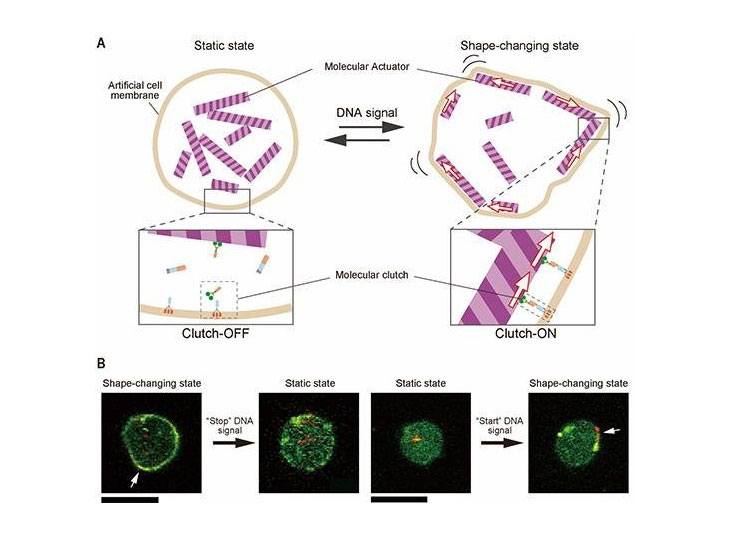
Mechanical regulation of a molecular clutch defines force transmission and transduction in response to matrix rigidity | Nature Cell Biology

How do focal adhesions act as molecular clutches in lamellipodia? - Mechanobiology Institute, National University of Singapore

Figure 10. | A Molecular Clutch between the Actin Flow and N-Cadherin Adhesions Drives Growth Cone Migration | Journal of Neuroscience

Figure 5 from Actin-Based Adhesion Modules Mediate Cell Interactions with the Extracellular Matrix and Neighboring Cells. | Semantic Scholar

Clutch-stack-driven molecular gears in crystals could propel material innovation | Hokkaido University
















